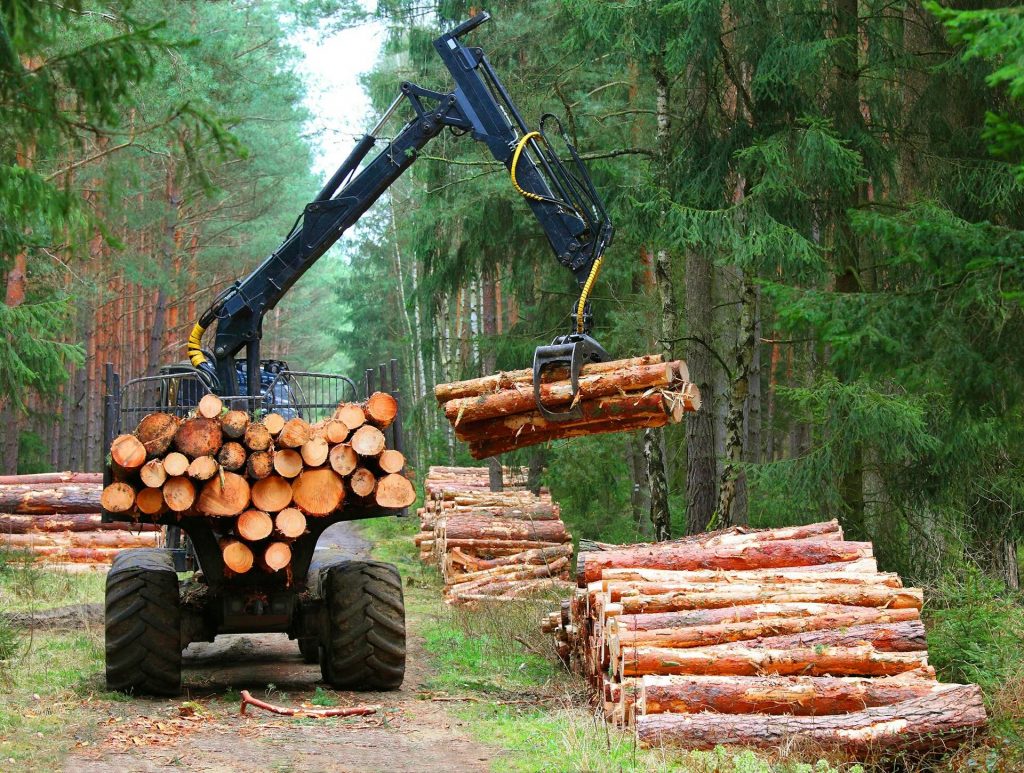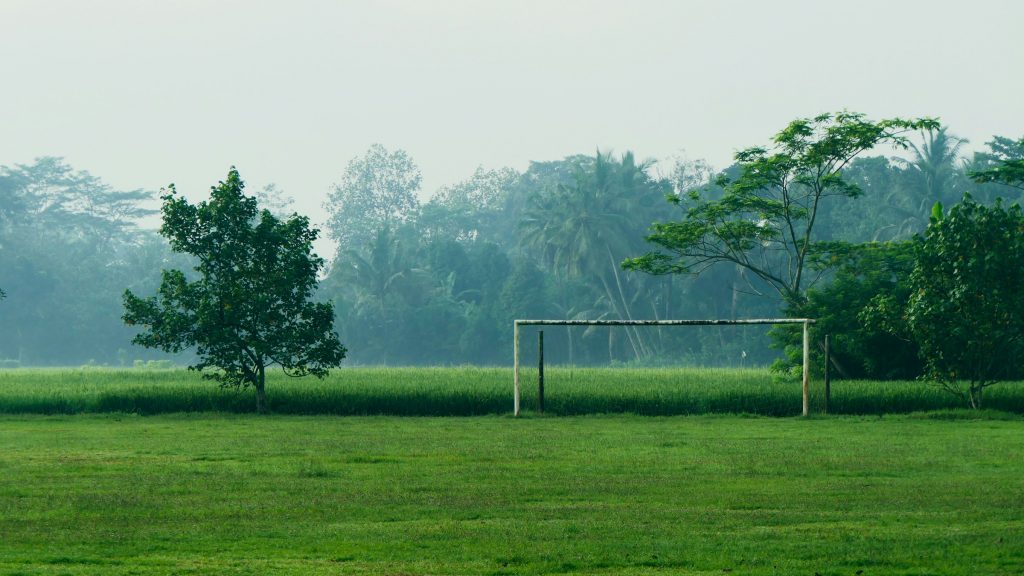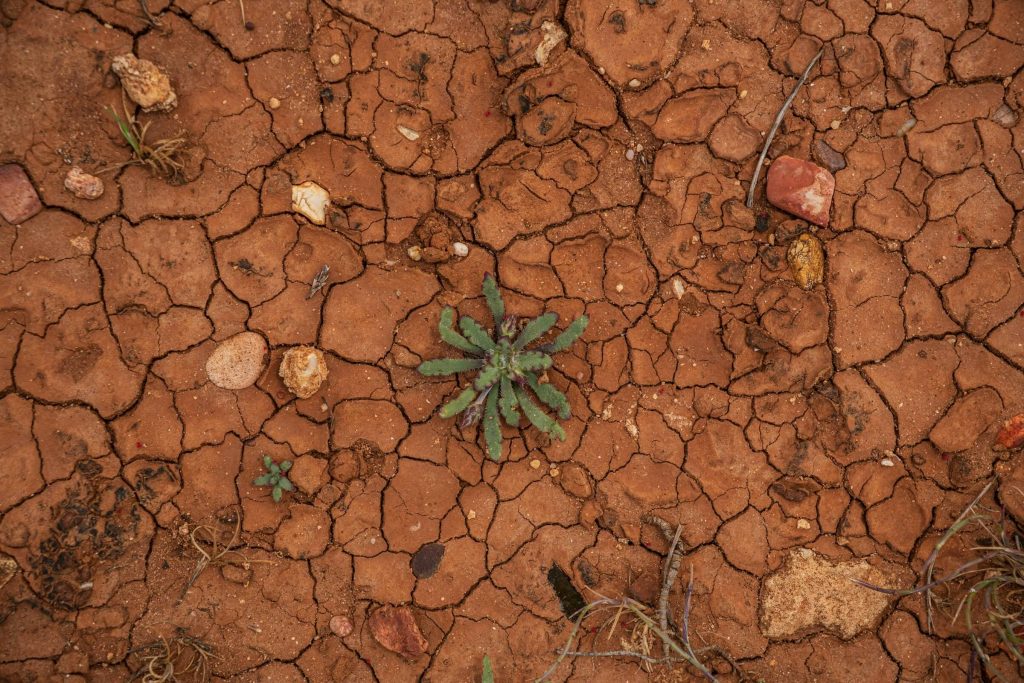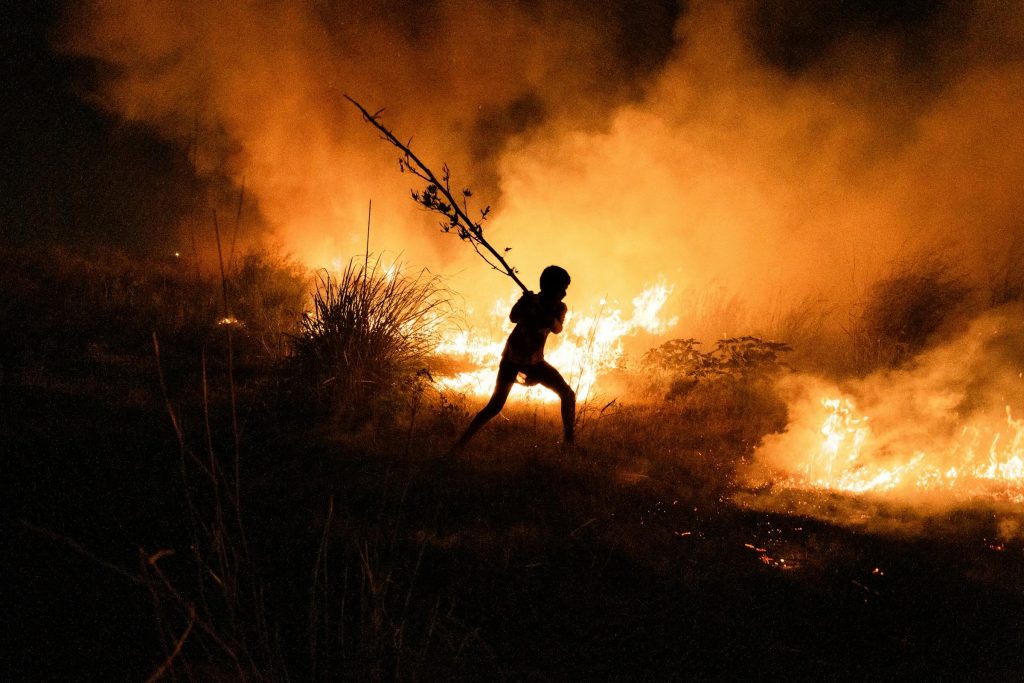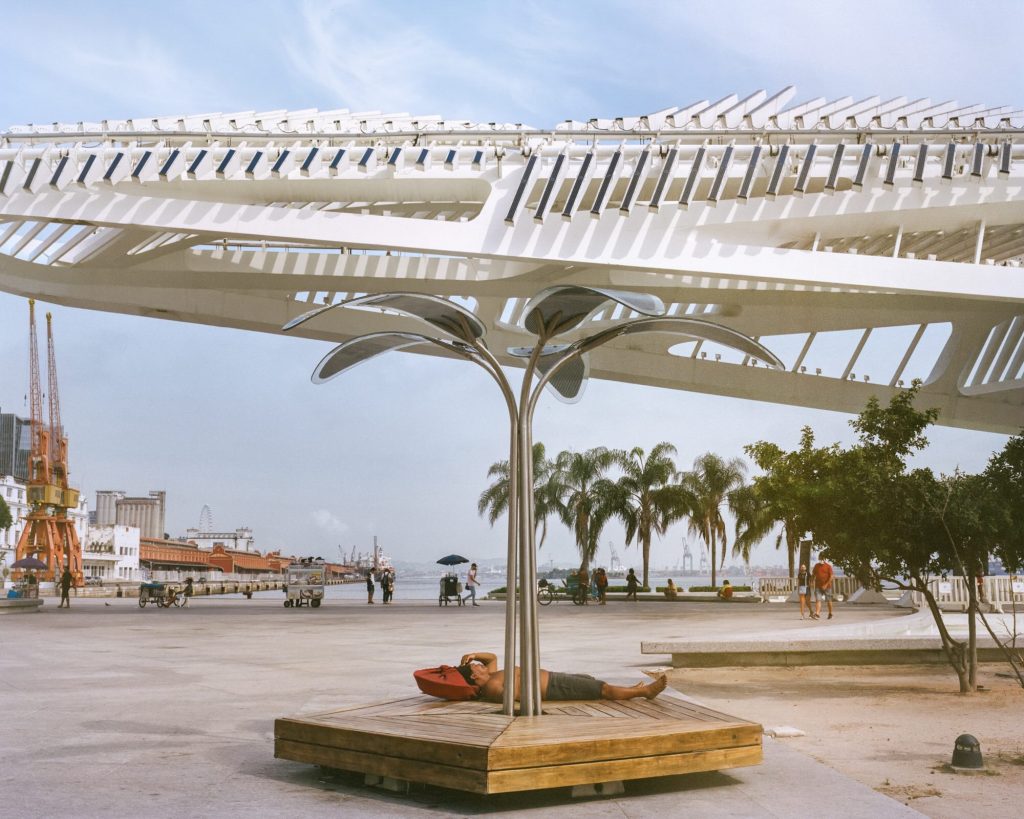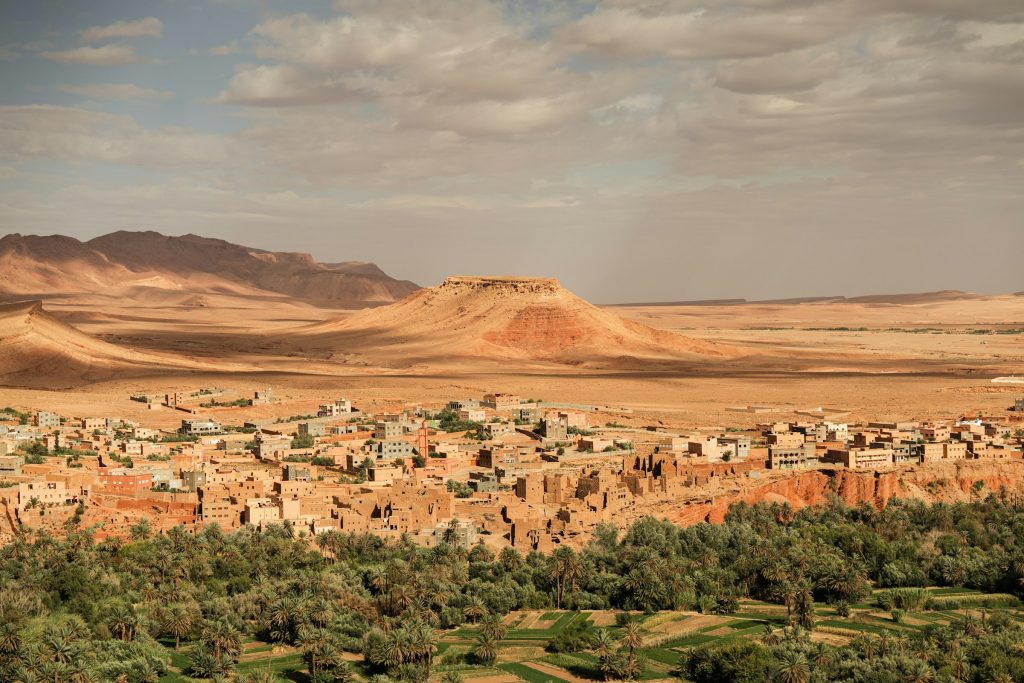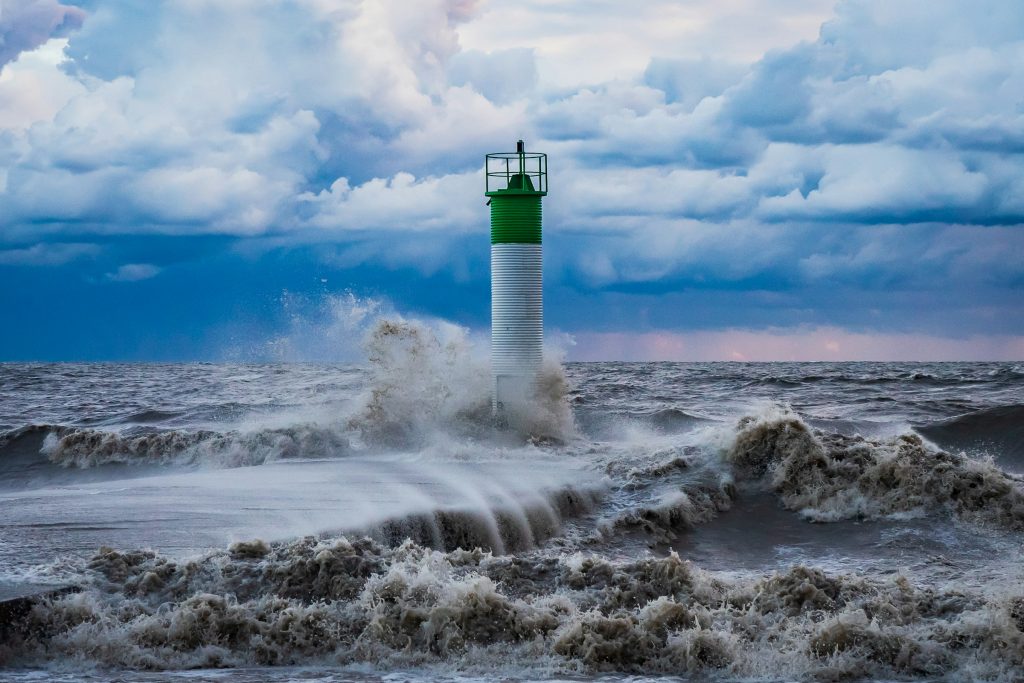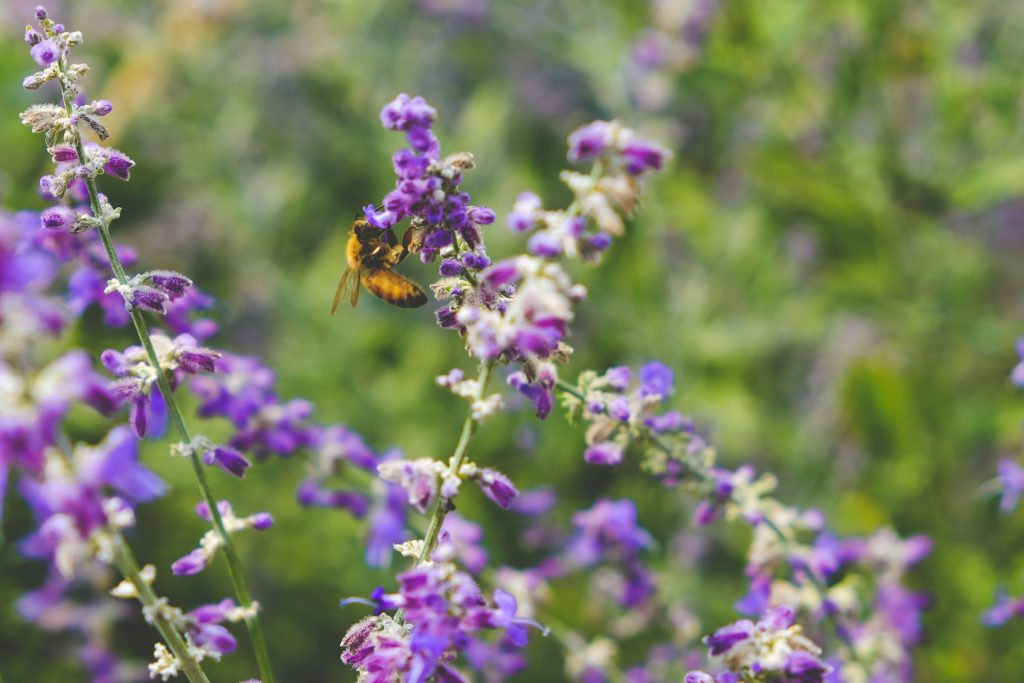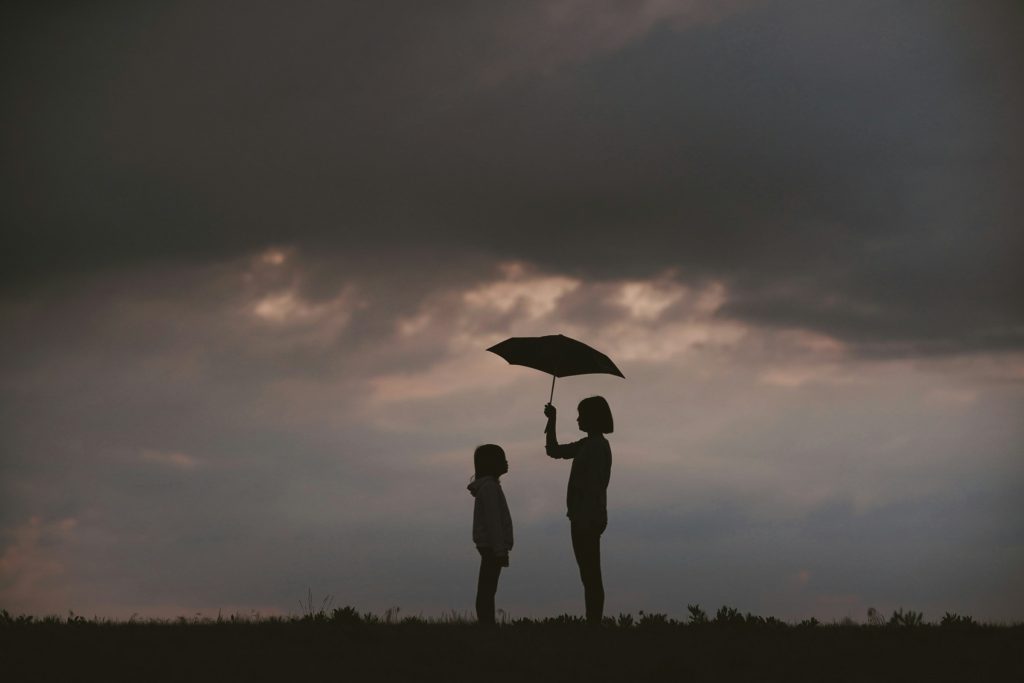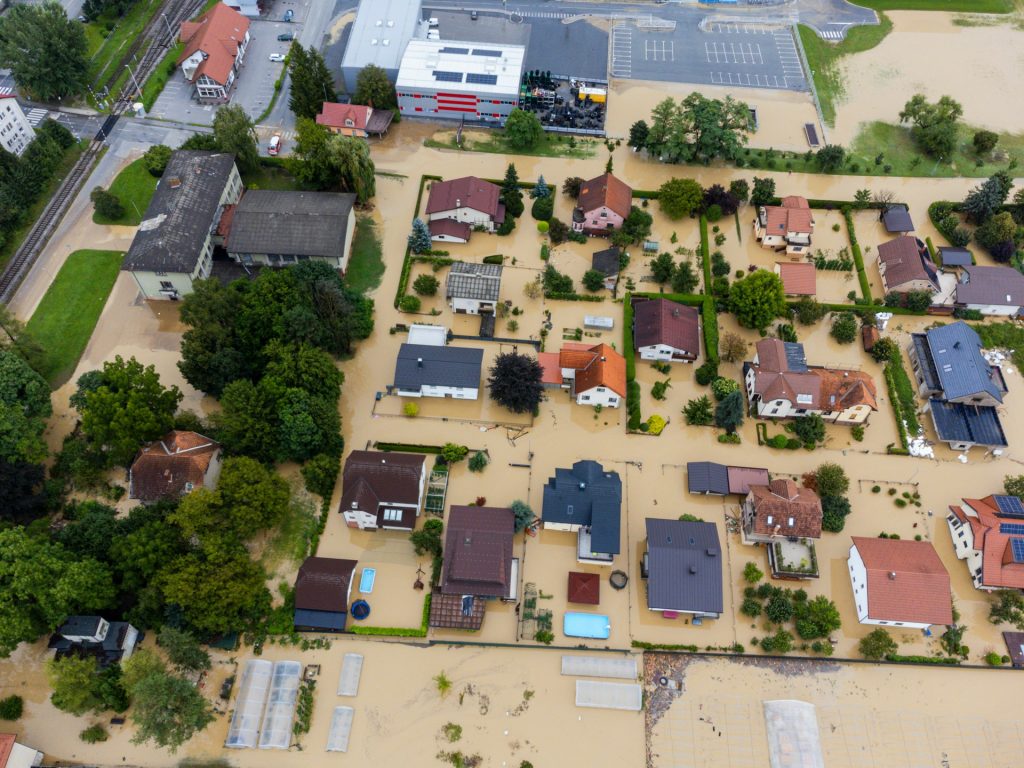
COP30 | Dasgupta (CMCC): Global Goal on Adaptation, the new frontier of adaptation policies between science and finance
COP30: Adaptation is one of the key themes with part of the negotiations revolving around measuring progress and the role of climate finance in future developments. “The Global Goal on Adaptation (GGA) is meant to serve as a unifying framework to drive political action and finance for adaptation on the same scale as mitigation,” says Shouro Dasgupta, CMCC researcher, member of the scientific support team for the Burkina Faso delegation at COP30, and one of the international experts working under the UAE–Belém work programme to develop and refine indicators that measure progress towards the GGA.

